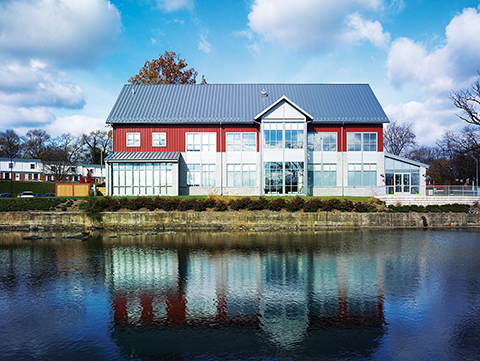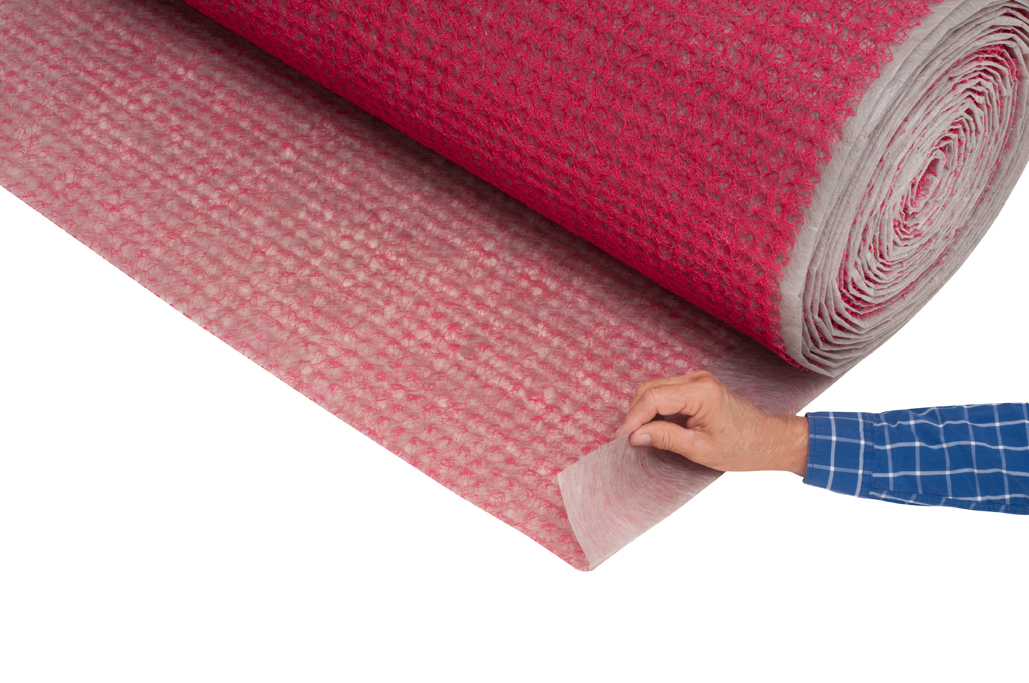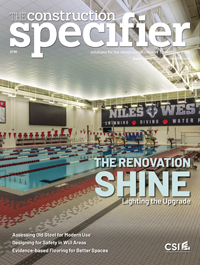The benefits of metal roofs and coatings

The EPA’s Energy Star Reflective Roof program’s qualifying criteria for a cool roof are:
- low-slope—less than 2:12 pitch—roofs must have initial SR of 0.65 and an SR of 0.50 after three years of service life;
- steep-slope—2:12 pitch or greater—roofs must have an initial SR of 0.25 and an SR of 0.15 after three years of service life.
Metal roof criteria for Leadership in Energy and Environmental Design (LEED) are:
- low-slope roof < 2:12 solar reflectance index (SRI) requirement is 78; and
- steep-slope roof > 2:12 SRI requirements is 29.
SRI combines reflectivity and emittance to measure a roof’s overall ability to reject solar heat. The calculation of this index is defined by ASTM E1980, Standard Practice for Calculating Solar Reflectance Index of Horizontal and Low-Sloped Opaque Surfaces, and is based on a formula including values for solar reflectivity and thermal emissivity. Standard black (reflectivity five percent, emittance 90 percent) has an index of 0, and standard white (reflectivity 80 percent, emittance 90 percent) has an index of 100.
Improvements to SR values can be made through cool pigment technology. The impact of increased SR of a roof can compound quickly.
For every 0.01 increase in SR, the surface temperature decreases 0.3 to 0.6 C (0.5 to 1 F). For every 0.10 increase in SR, cooling and heating energy costs drop $0.02/1 m2 ($0.02/sf), in warm climates. Cool roofing can also contribute to lower maintenance costs and extended roof life, along with the long-term environmental advantages.
Conclusion
Achieving the desired benefits and intended performance of cool metal roofs requires thoughtful specification, carefully selected raw materials suppliers and close collaboration with experienced coatings manufacturers. Through this collaboration, specification professionals can meet both the building team’s expectations and their ideals of contributing to a better urban environment.
Jeff Alexander has almost 20 years of experience with the Valspar Corporation, currently serving as its vice president of sales for the coil and extrusion coatings businesses. Throughout his career, he has been actively involved in research, development, and customer education of painted coatings for exterior, architectural metal, building products, and in providing specification guidance and product selection of coatings for dozens of metal roof applications throughout North America. Alexander writes educational articles for industry publications and also volunteers as president of the National Coil Coating Association (NCCA). He can be contacted at jalexander@valspar.com.



